I am new to electronics. I am reading this book called Practical Electronics for Inventors.
This is a portion about bipolar transistors from the book:
There are two things I don't get from this:
- When the switch is thrown to the "on" position, I think \$I_{B}\$ should be:
$$I_B = I_{R_1} = \frac{V_{cc} - V_B}{R_1} = \frac{V_{cc} - 0.6}{R_1}$$
Supposing \$V_{BE}\$ = 0.6V. Why does the author have \$I_B = 0.6/R_1\$ ?
- When the switch is thrown to the "off" position, why do we need R2? How about this:
If the author has to have R2, I still have a question: How does the current can goes from the collector to the base to R2 to ground? Look at this:
I think the current would have trouble if it wants to follow from collector to base because there is a NP junction between the collector and the base. How does the current flow when the switch is "off" with R2 in the circuit?



